The Doc has been working with Anderson plugs lately. Anderson plugs are used for various 12 volt wiring in the Nissan Patrol, like supplying power to the fridge or auxiliary battery in the trailer. They look like this:

The new solar panel is connected to the DC to DC charger with an Anderson plug, plus the new Battery Box also has them.
Anderson plugs come in various sizes and colours, the most common is the grey 50amp version used in cars and caravans. Anderson plugs come in various colours, with each colour only being compatible with the same colour (although black and grey of the same size are commonly compatible). The Doc is talking about the grey 50amp plugs.
The Doc has identified a few pitfalls when buying them.
Anderson plug verse Anderson “style” plug
The genuine Anderson plugs are called Anderson plugs, the third party knock offs are normally called Anderson “style” plugs. The knock offs can have a different size housing which can cause issues when plugging them into a genuine Anderson plug. They can also be of inferior quality. Lastly, the spring inside an Anderson “style” plug that holds the lug in place can be sub-standard compared to the real thing. Warning: knock off lugs may not fit properly into a genuine Anderson housing. The lugs will not correctly lock over the internal spring.
Tip: buy the genuine item (see more below).
Shy high pricing
The Doc has seen pricing as high as $36 for a genuine grey Anderson plug with the lugs. A complete Anderson plug means the housing plus two lugs (sometimes the housings and lugs are sold separately). Other colours like red (commonly used with solar), blue and yellow cost even more.
Even third-party knock offs can be over $20 for a single Anderson plug!
Either price is daylight robbery.
Buy genuine Anderson plugs here
The Doc sources genuine Anderson plugs for about $3 each (including lugs). The price can vary a little depending on how many you buy. Even Australian Direct sells a knock off for $9 each, plus postage. The Doc is getting them for $3 each including postage (The Doc is a member of eBay Plus).
The Doc buys genuine Anderson plugs at Connector-Tech ALS’ Ebay store here.
Connector-Tech ALS is a supplier of military and commercial harsh-environment connectors. They have wholesale pricing on their eBay store. Warning: housings only are cheaper than $3 each but they do not come with the lugs, hence the cheaper price.
At $3 each there is no reason to buy third-party brands.
Lug size varies
Many Anderson style plugs have only one size lug – we are talking of the internal size on the hollow end where the wire is crimped or soldered.
The Doc crimps the copper wire into the lug, when using thinner wire this can cause problems when crimping.
You can buy genuine Anderson lugs in 3 internal sizes, 6AWG, 8AWG or 10-12AWG. The Doc then matches the wire size to the hollow end of the lug to get a perfect crimp.
Tip: it is always a good idea to have extra lugs if you mess up a crimp or need to rewire a plug.
You can change the Anderson plug housing
Anderson plugs of a given size (say 50amp) but a different colour are not generally compatible, as the housing shape is different. It is intended to stop people accidently mixing up incompatible power systems.
However, the lugs are the same. You can remove the lugs and wiring from say a grey Anderson plug and insert then into a spare red, blue or yellow Anderson plug of the same size.
Tip: the lugs click over the spring on the inside of the housing. Get a small screw driver, press down on the spring to release the lug and pull out the wire and lug. Insert into the new housing.
Quality copper cable
The other important requirement is good quality copper wire of the correct size. There is good quality copper wire made here in Australia by Tycab and Wise Owl. The Doc buys Australian made Wise Owl (made by Austech Wire & Cable) or Tycab copper wire – often from PX Wholesales, Connector Tech ALS, Tinker Wholesale, Autoelec or Brillante Sales.
Good quality copper wire can be expensive, but do it once and do it right. A failure in the power system in remote Australia can be disastrous and expensive.
Tip: keep wire offcuts, as The Doc has made various adapters from offcuts, like a grey Anderson plug (general usage) to a red Anderson plug commonly used for solar panels. It is only 30cm long but allows a conversion from one type of plug to another. Another option is to make a double adapter like this one from Australian Direct:

Crimping tips
The last ingredient is a good crimp. The Doc’s suggestions on getting good crimps:
- Buy quality Anderson plugs.
- Purchase a good wire stripper like the IRWIN VISE-GRIP 2078300 Self-Adjusting Wire Stripper. If you want a higher quality wire stripper buy the Klein Tools 11061.
- Purchase a Ratcheting Terminal Crimper than can be used with Anderson plugs. If you want a variety of dye heads for different crimp terminals jobs look at the SG Tool Aid SGT18980 Ratcheting Terminal Crimping Kit. Looking for an Anderson only crimper? Then try the OPT crimpler. Rhino Tools has a good selection of crimpers.
- Strip the insulation from the wire to the correct length with the wire stripper (note how much quicker, easier and higher quality the wire stripper is compared to a pair of pliers).
- Match the lug size (hollow end) to the wire thickness (important for good crimps).
- Place the lug in the correct dye in the crimping tool. The Doc gently close the crimper to lock the dye onto the lug but without compressing the lug, then The Doc inserts the wire into the lug and holds the wire in place The Doc compresses the crimping tool.
- Using the correct size dye and placing the lug correctly into the dye is important.
- A ratcheting crimper applies the correct pressure to complete great crimps.
- Place plastic shrink tubing around the wire and lug.
- Use an electric/butane heat gun to shrink the plastic tubing.
- Let the lug cool. Test the crimp.
- Insert both lugs into the Anderson housing (positive cable into positive and negative cable into negative slots in the housing). Click the lugs into place. The image above clearly shows which side of the housing is positive (+) and which is negative (-).
- Job done.
- Common mistakes when crimping: a) not matching the wire size to the lug, b) not using the correct dye for the Anderson lug, c) not correctly placing the lug into the dye jaws, d) not clicking the lugs into the housing (much sure the lugs are inserted the correct way so it locks in place over the internal spring in the housing), e) buying Anderson style plugs, not genuine Anderson plugs.
- Practice is important. Develop a good technique before using crimps in real life.
The initial cost of the tools can be expensive, but they will give you a lifetime of service. One job The Doc did on his car, meant the tools paid for themselves.
A Guide on crimping generally has also been posted here. That Guide is longer, has more tips and deals with crimp terminals rather than Anderson plugs.


















































































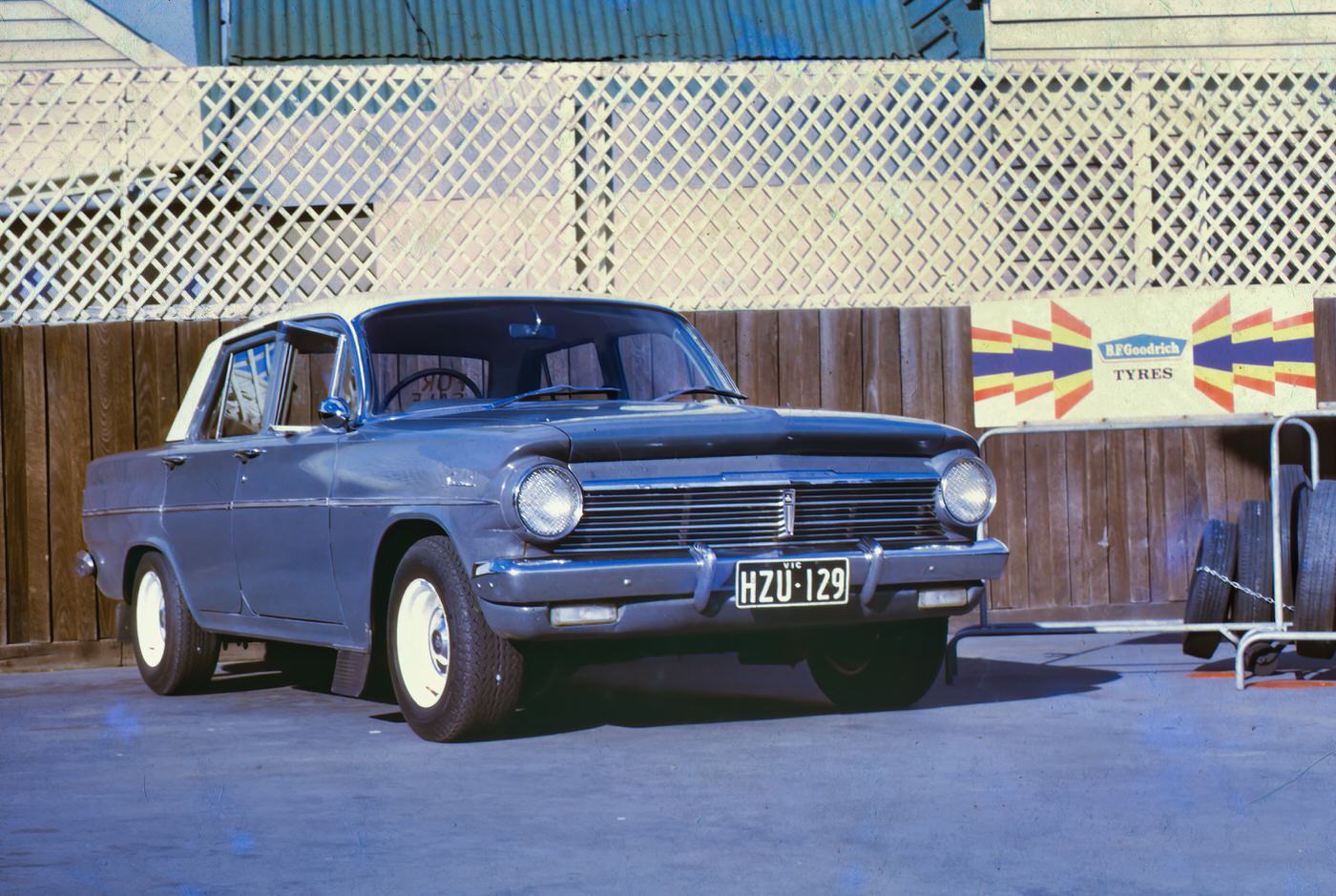



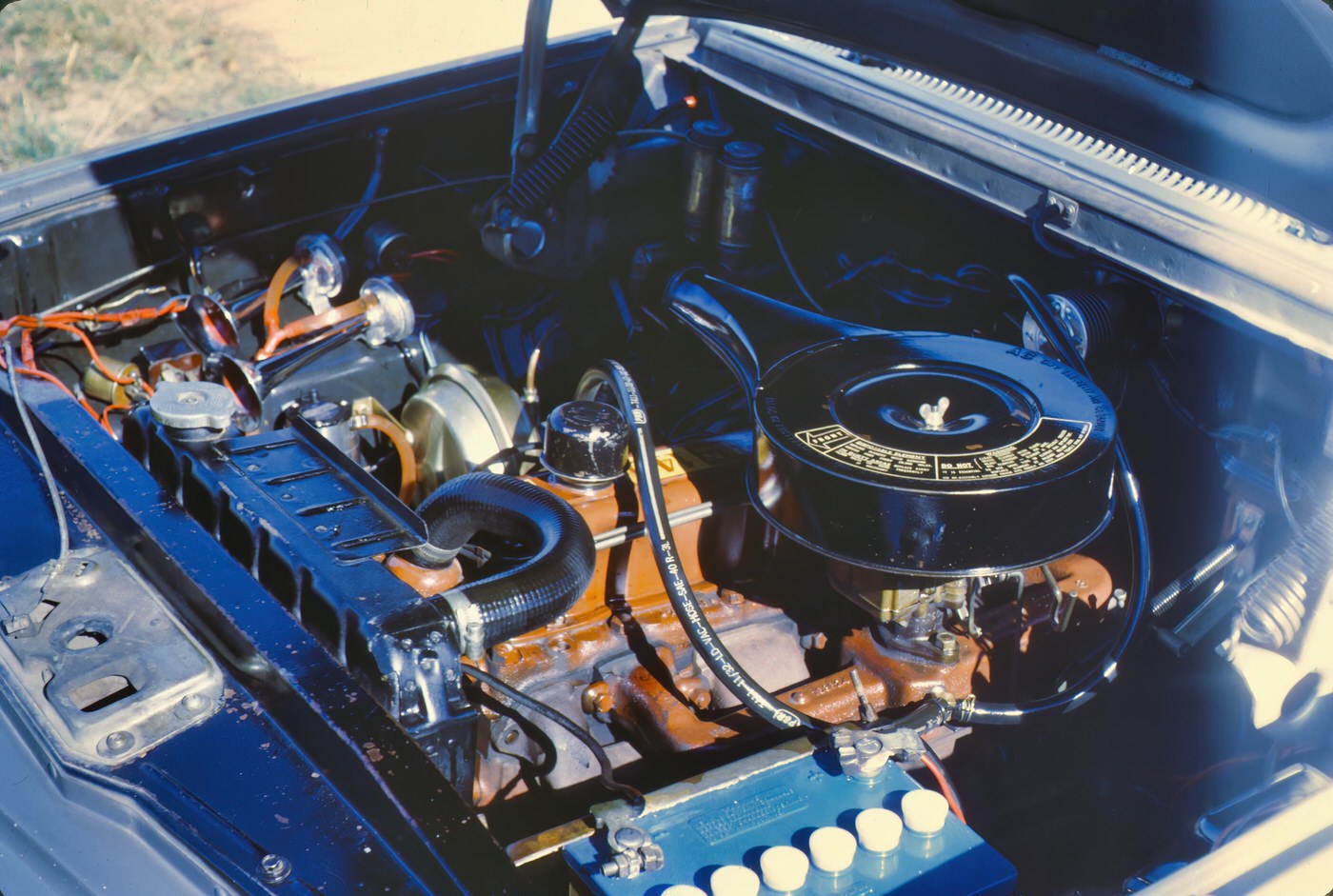
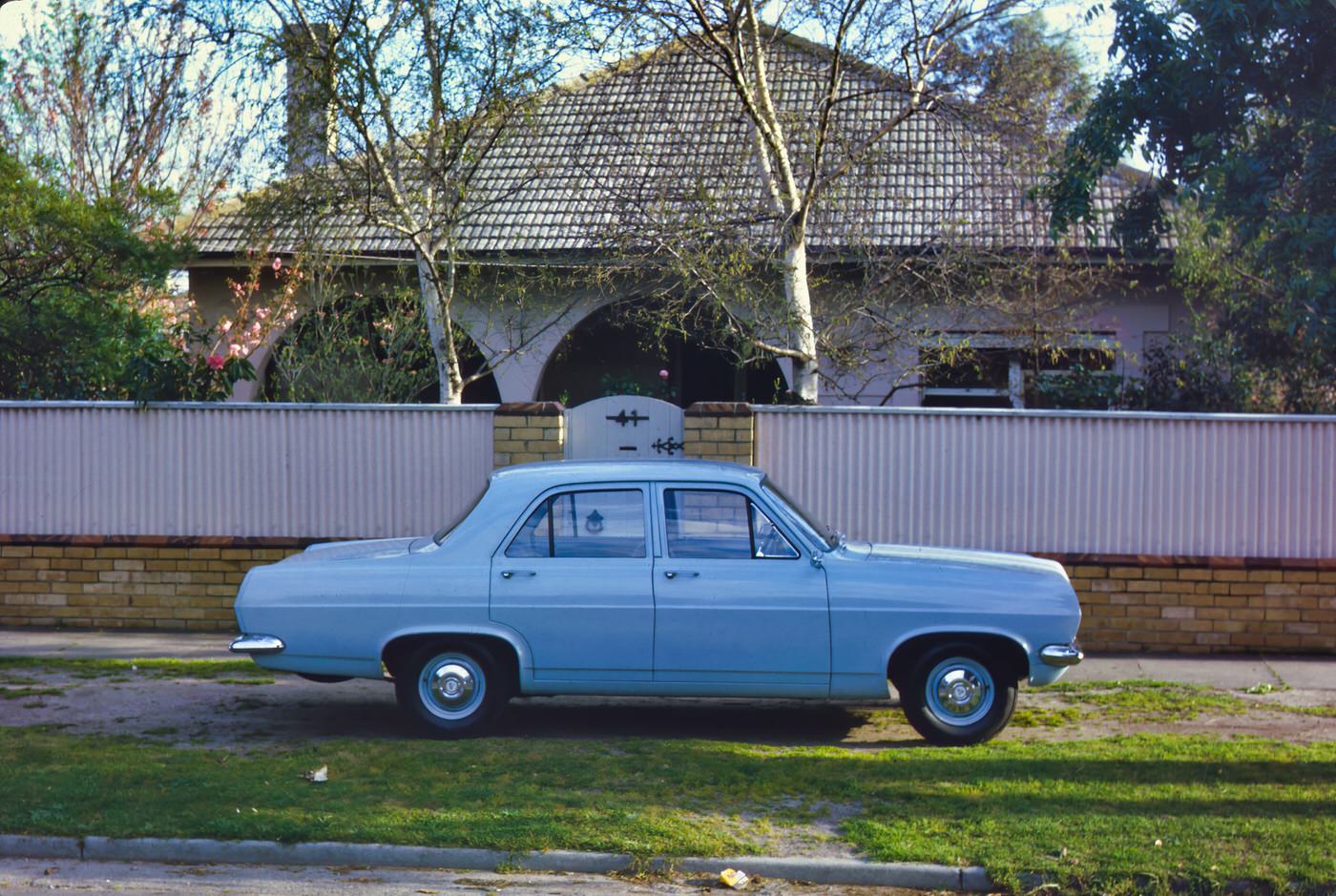
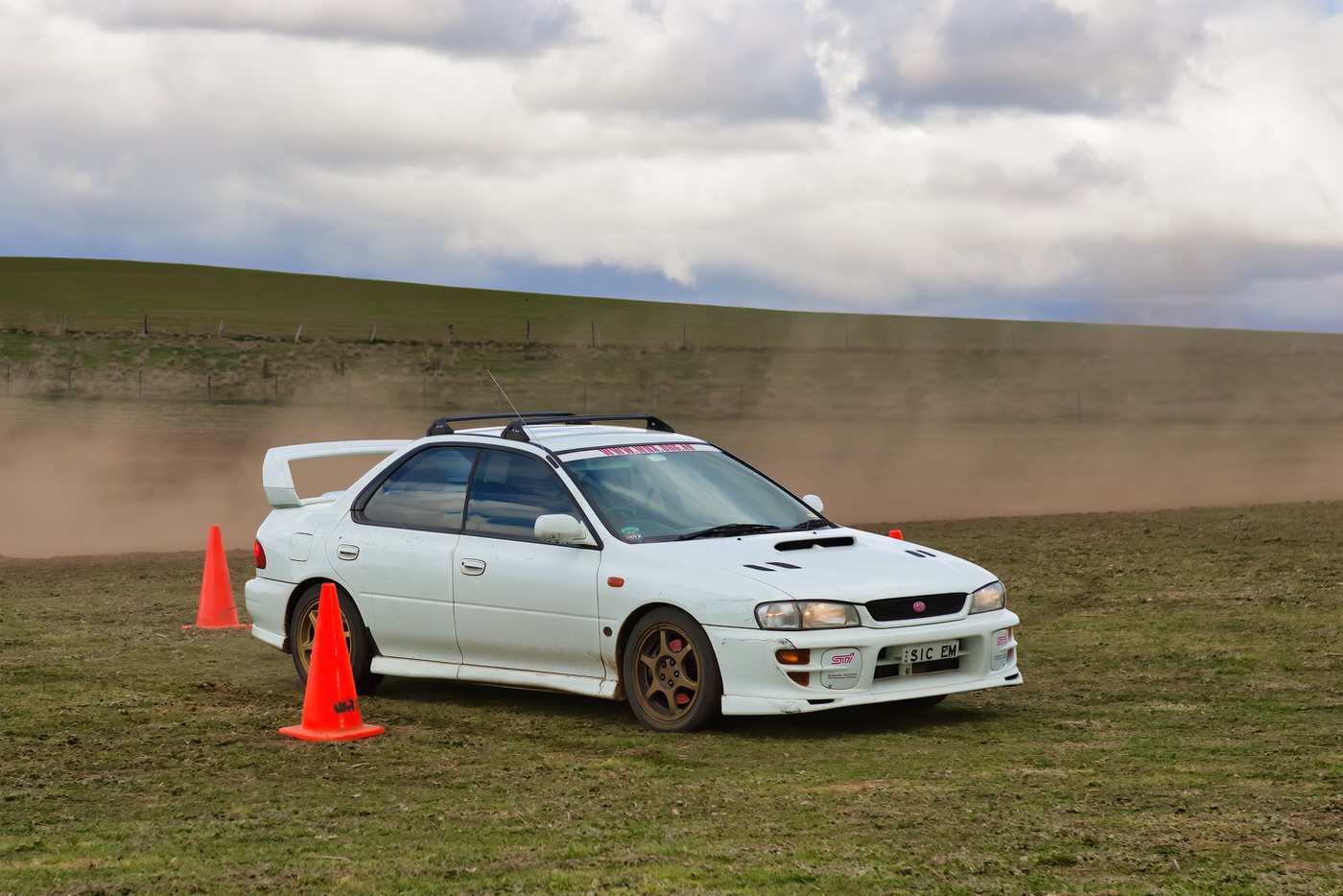



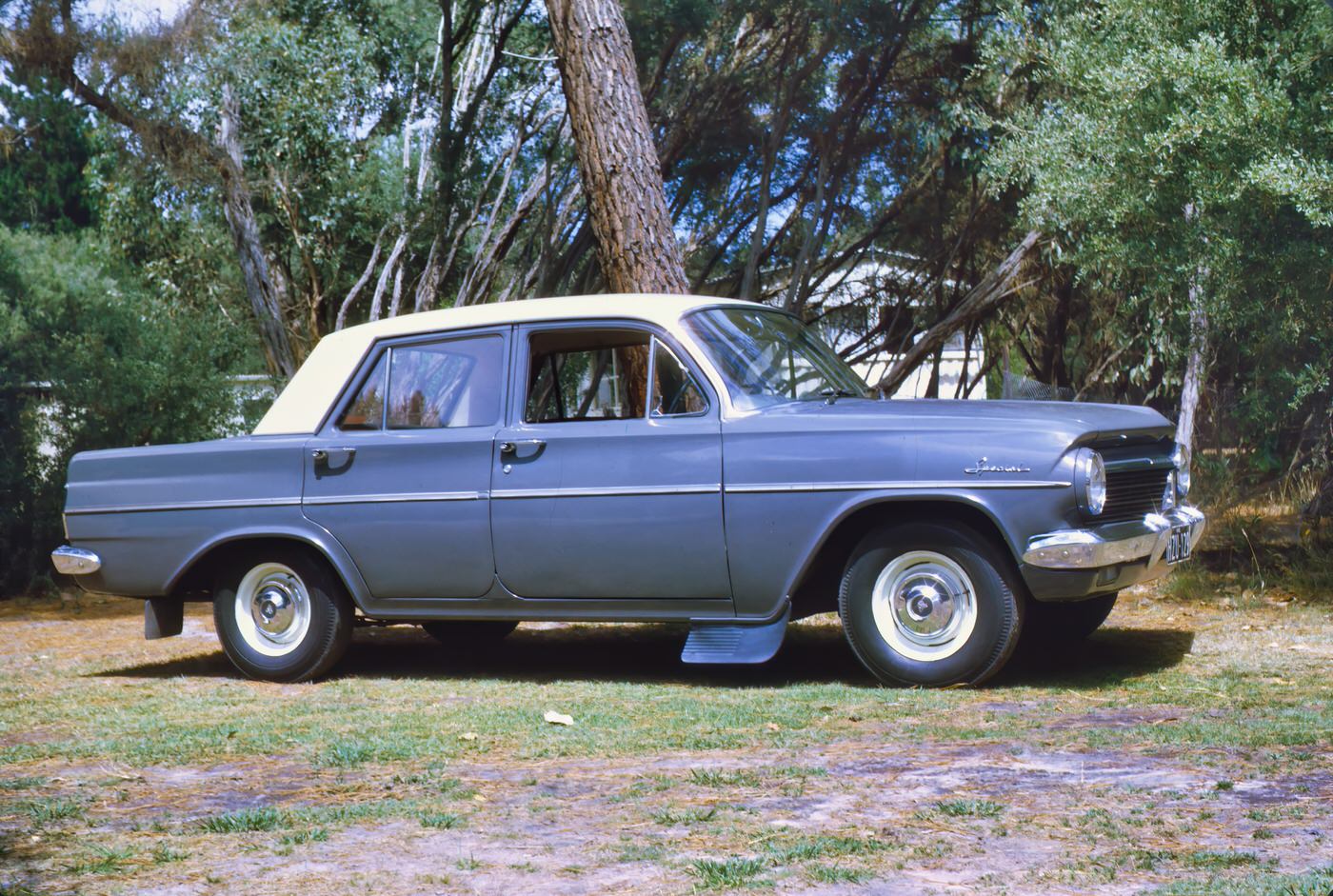










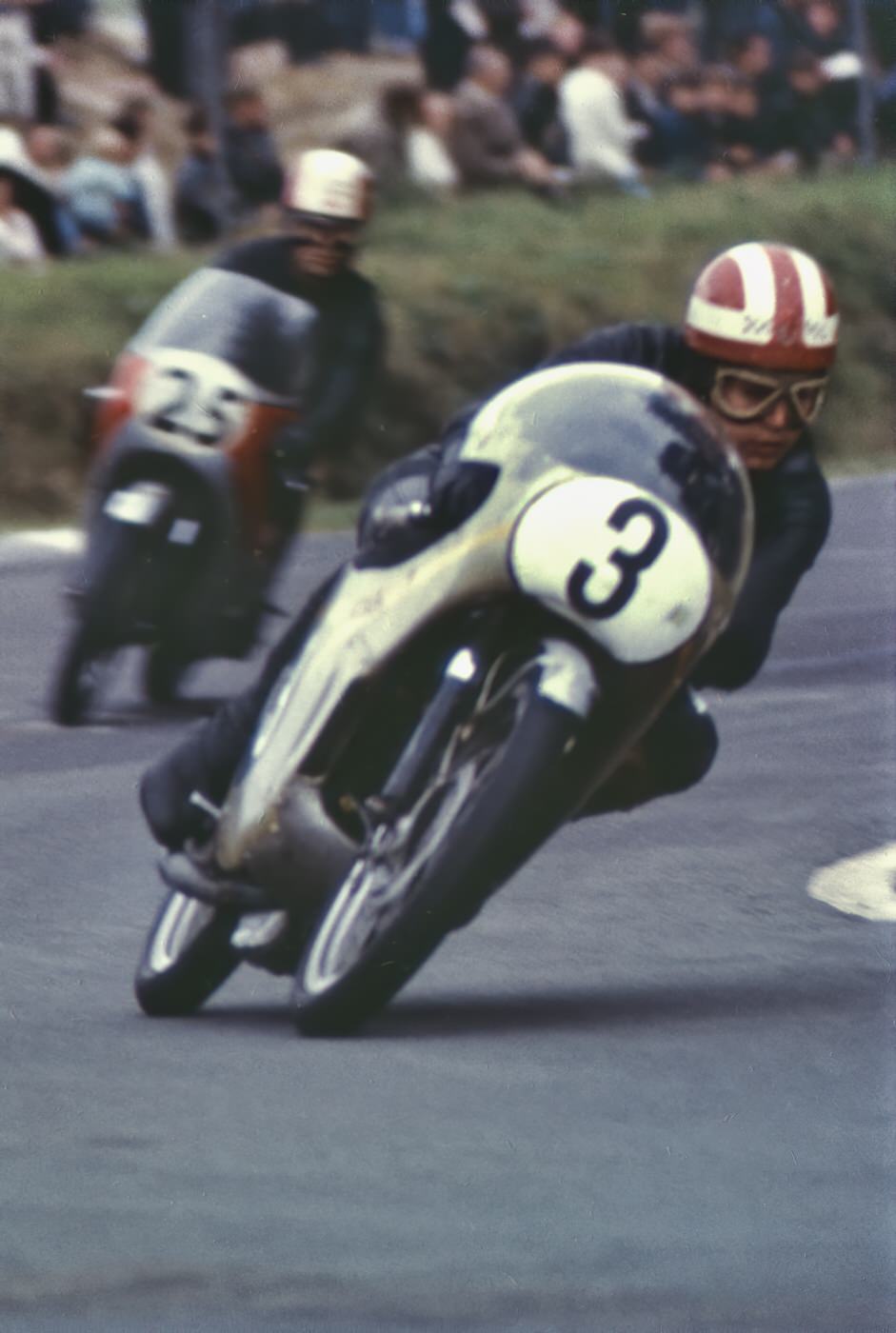
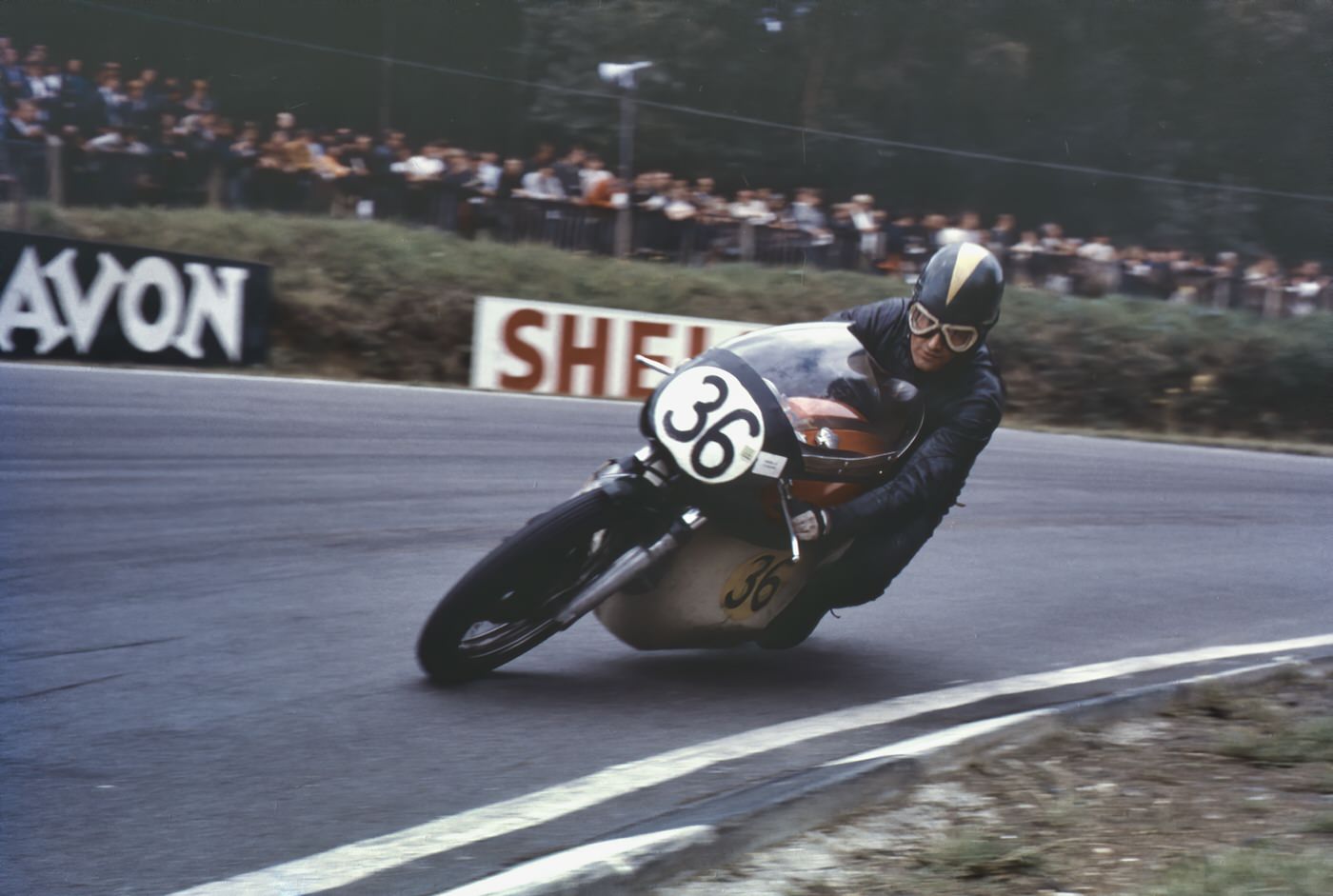
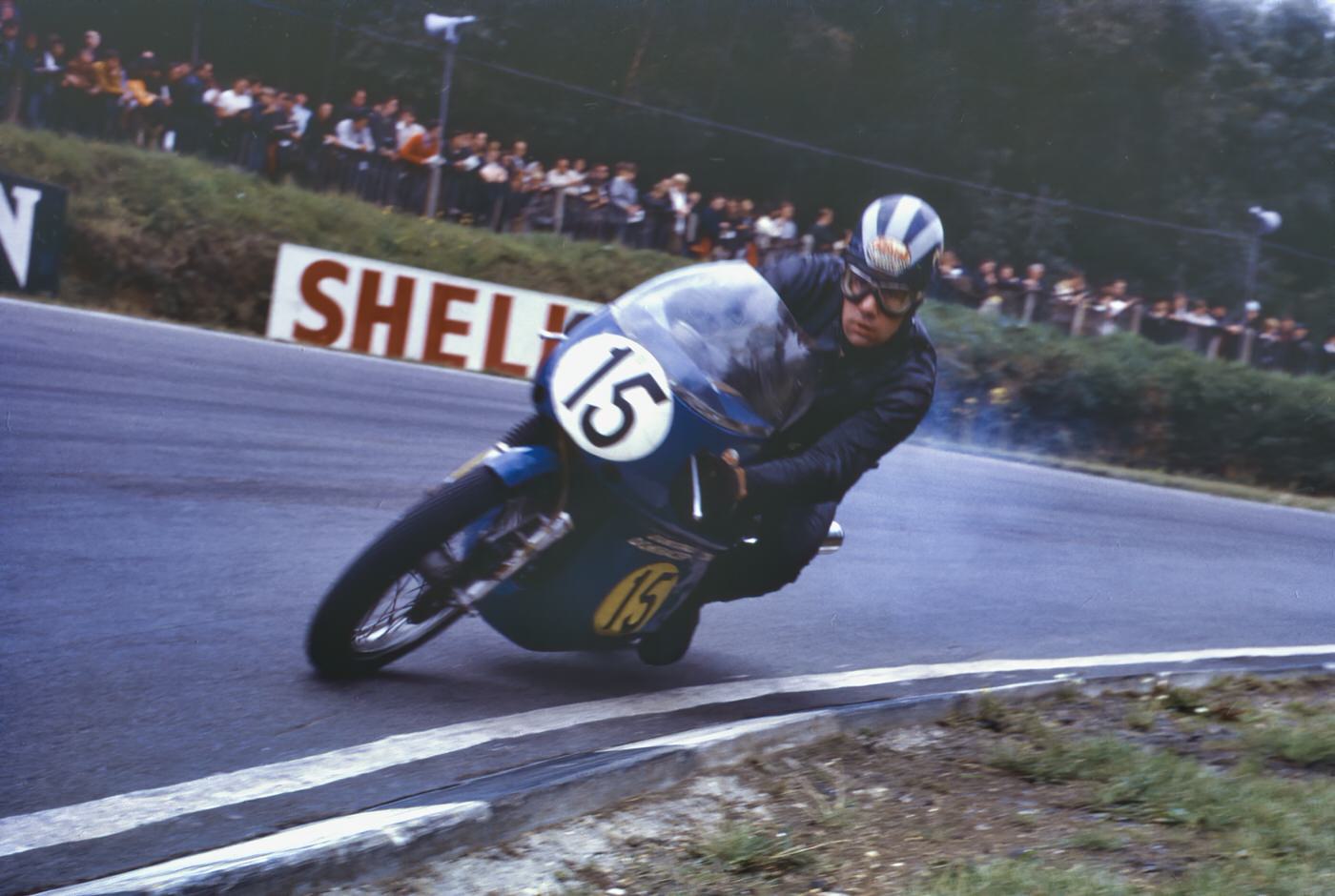
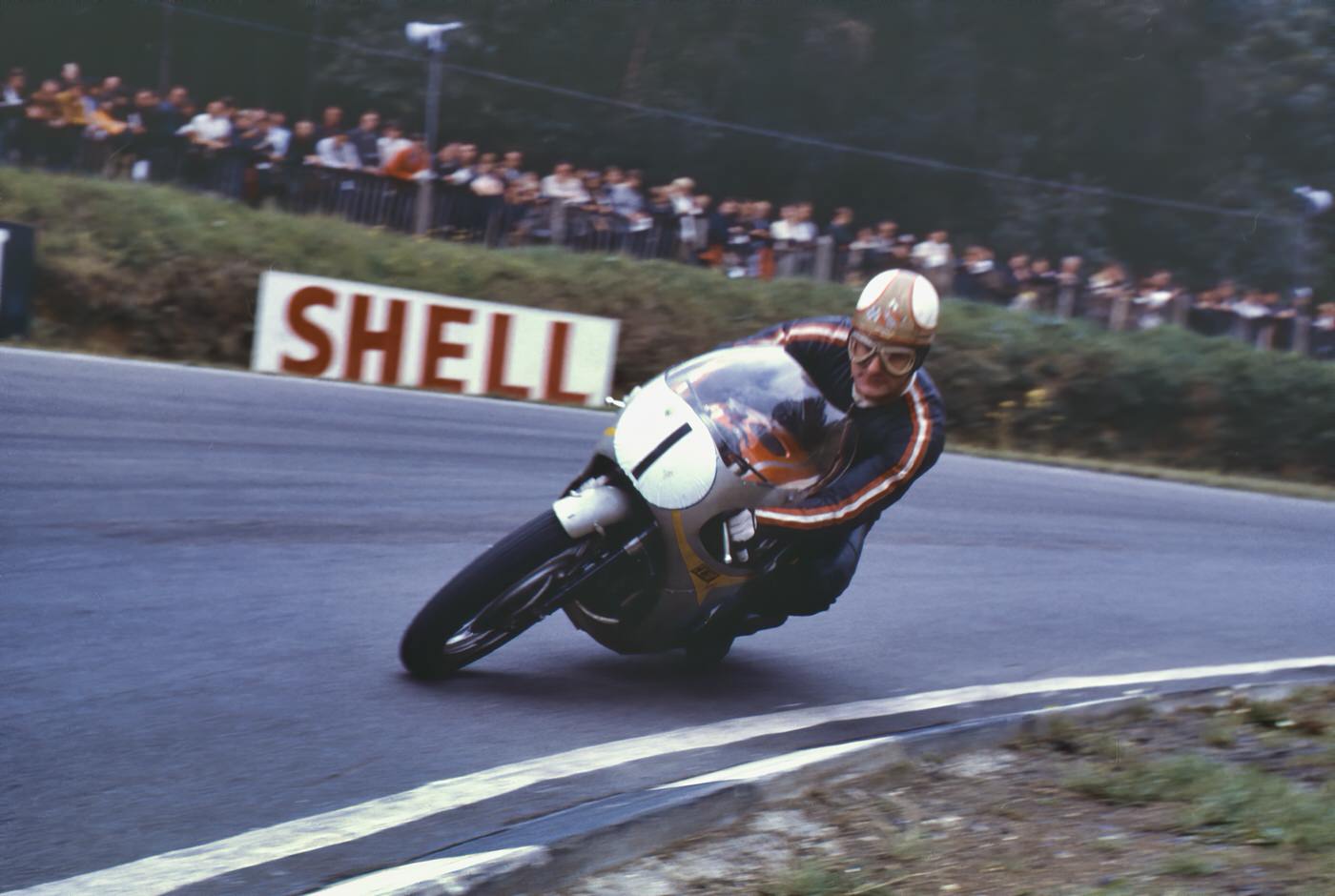



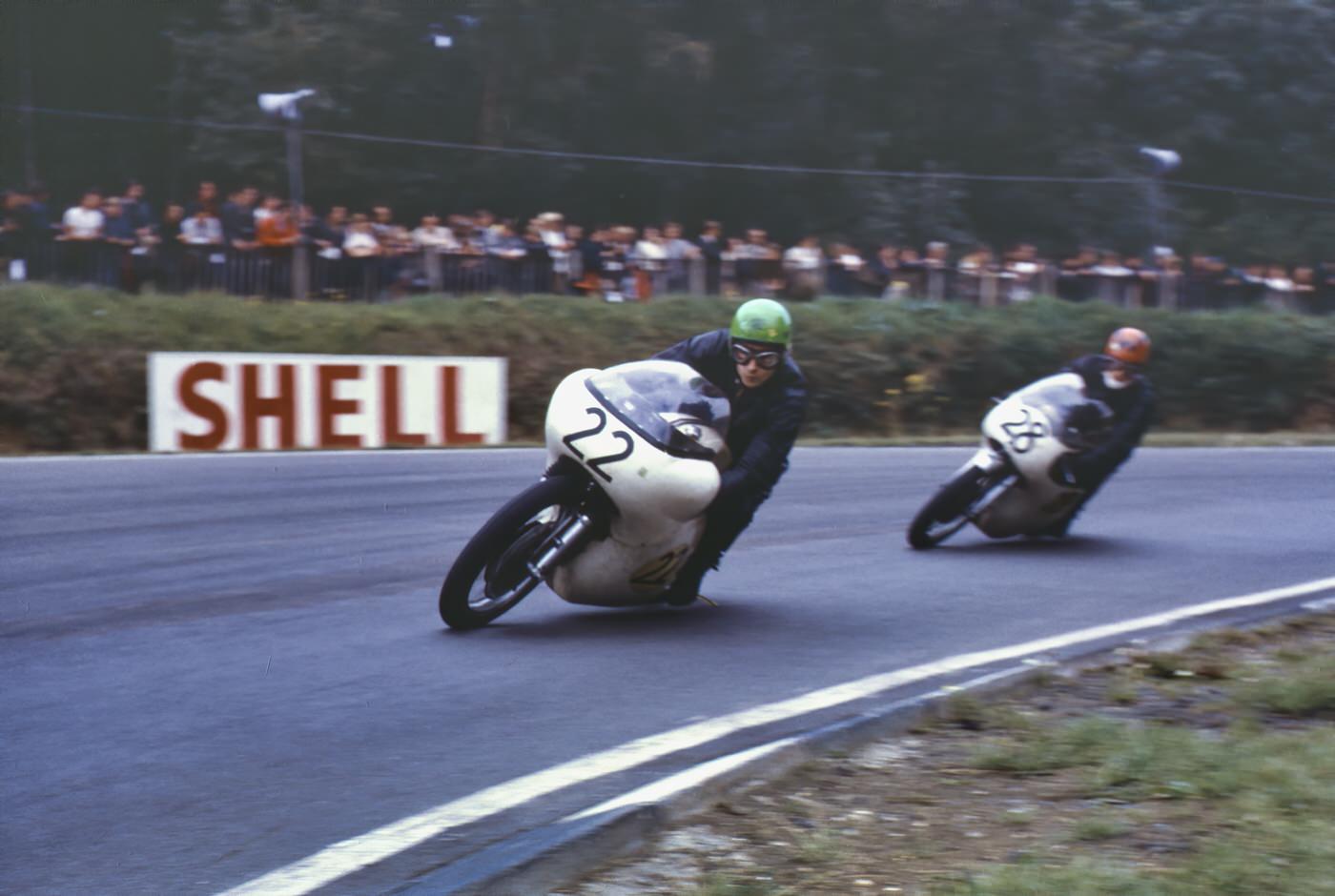

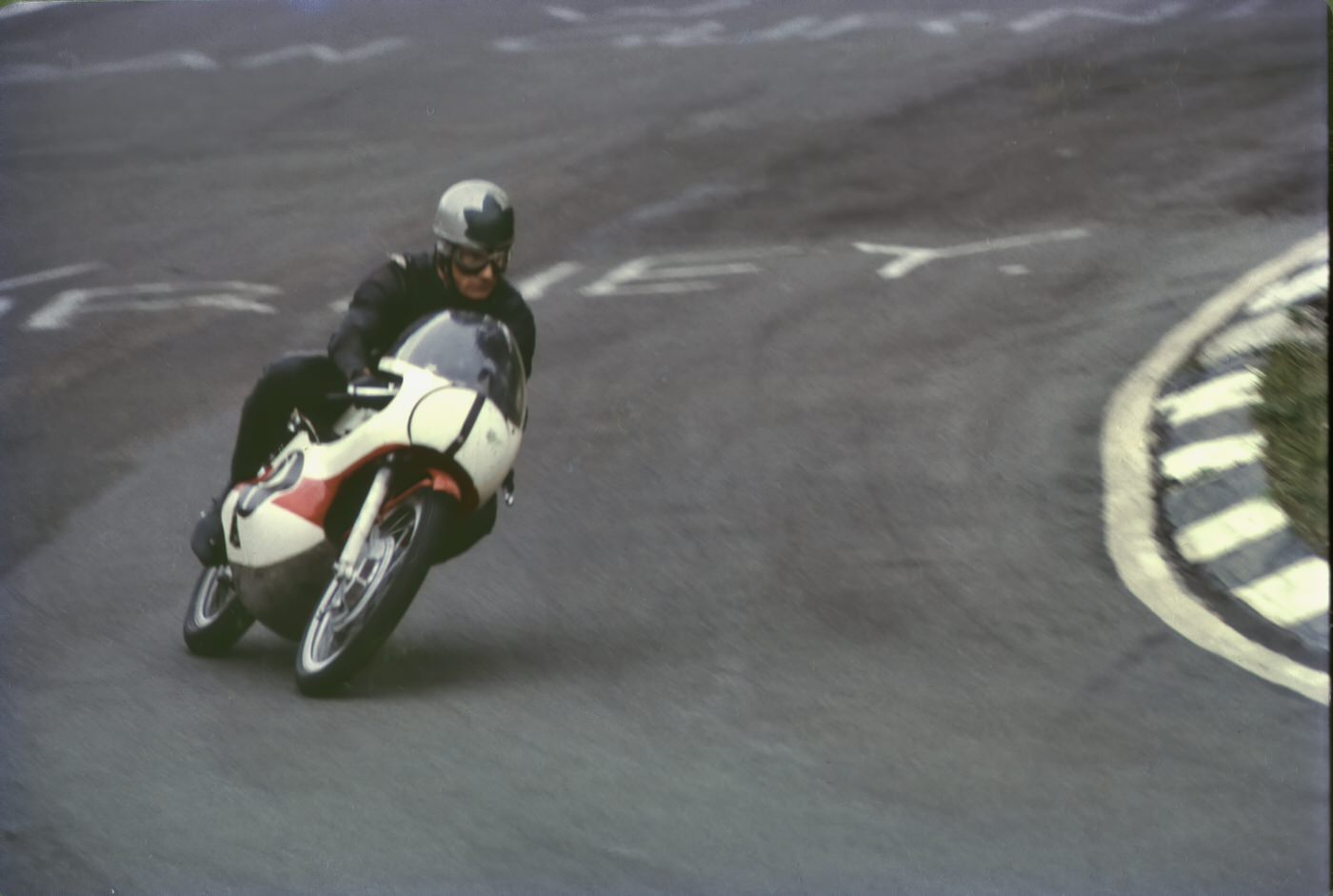
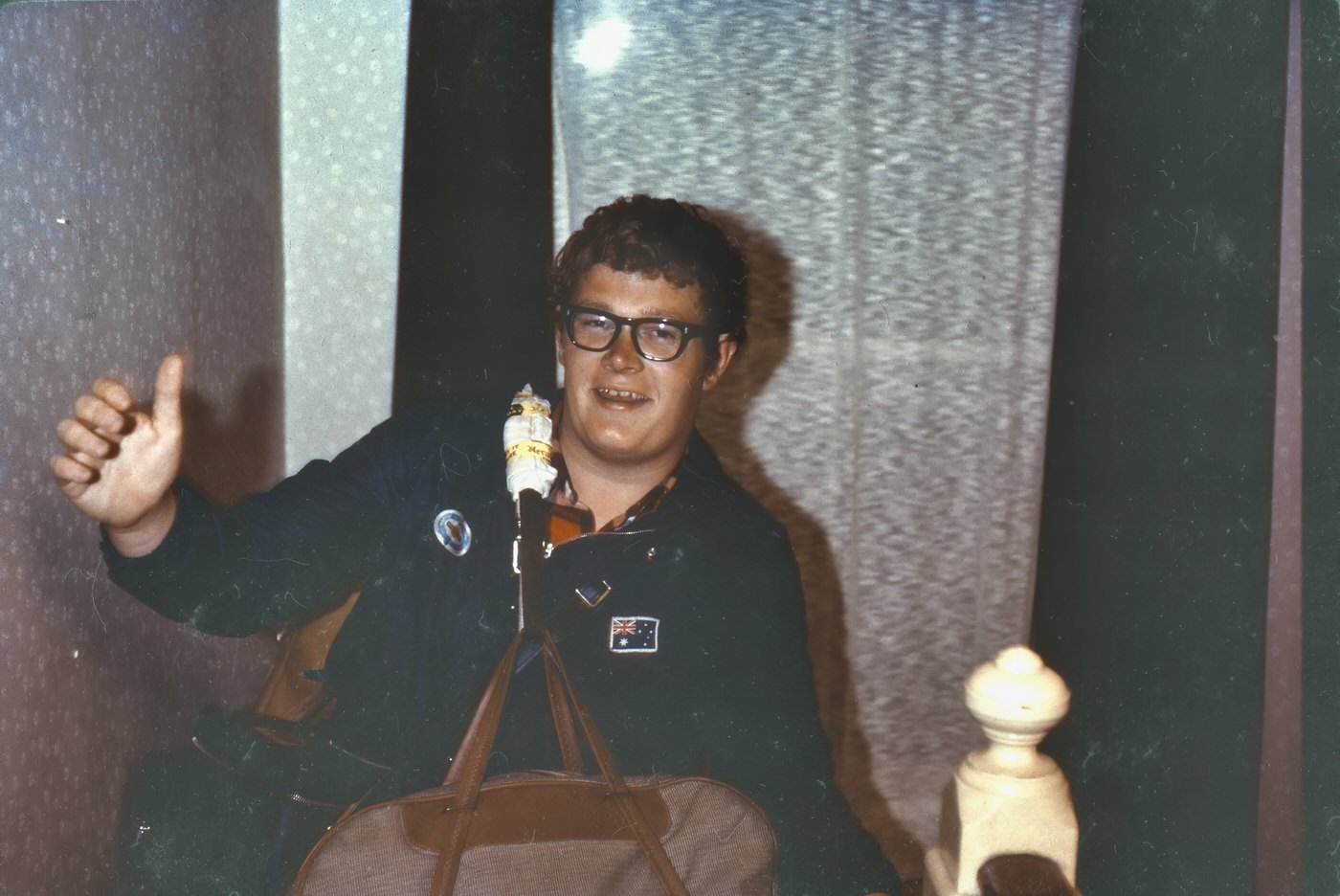
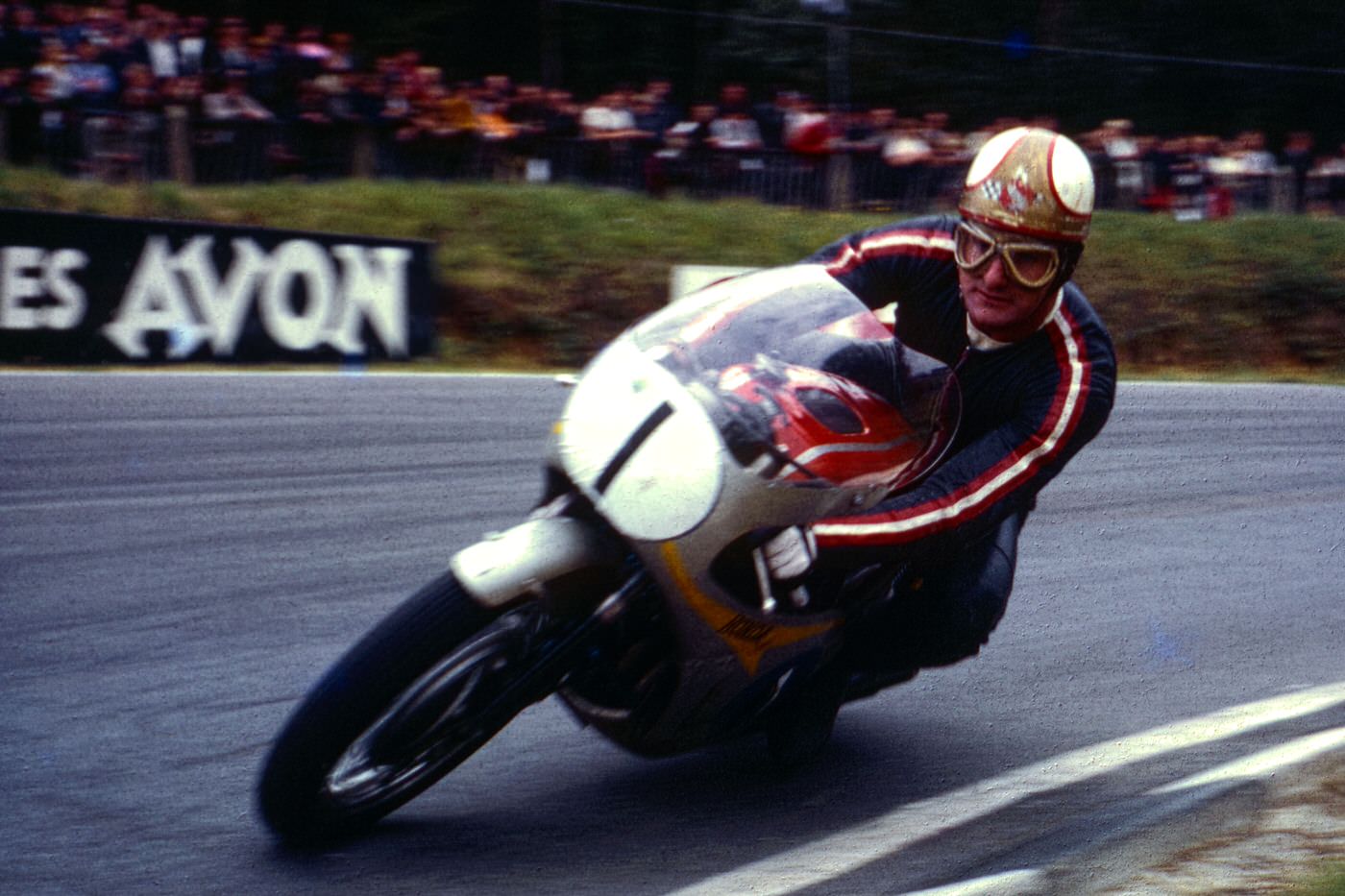

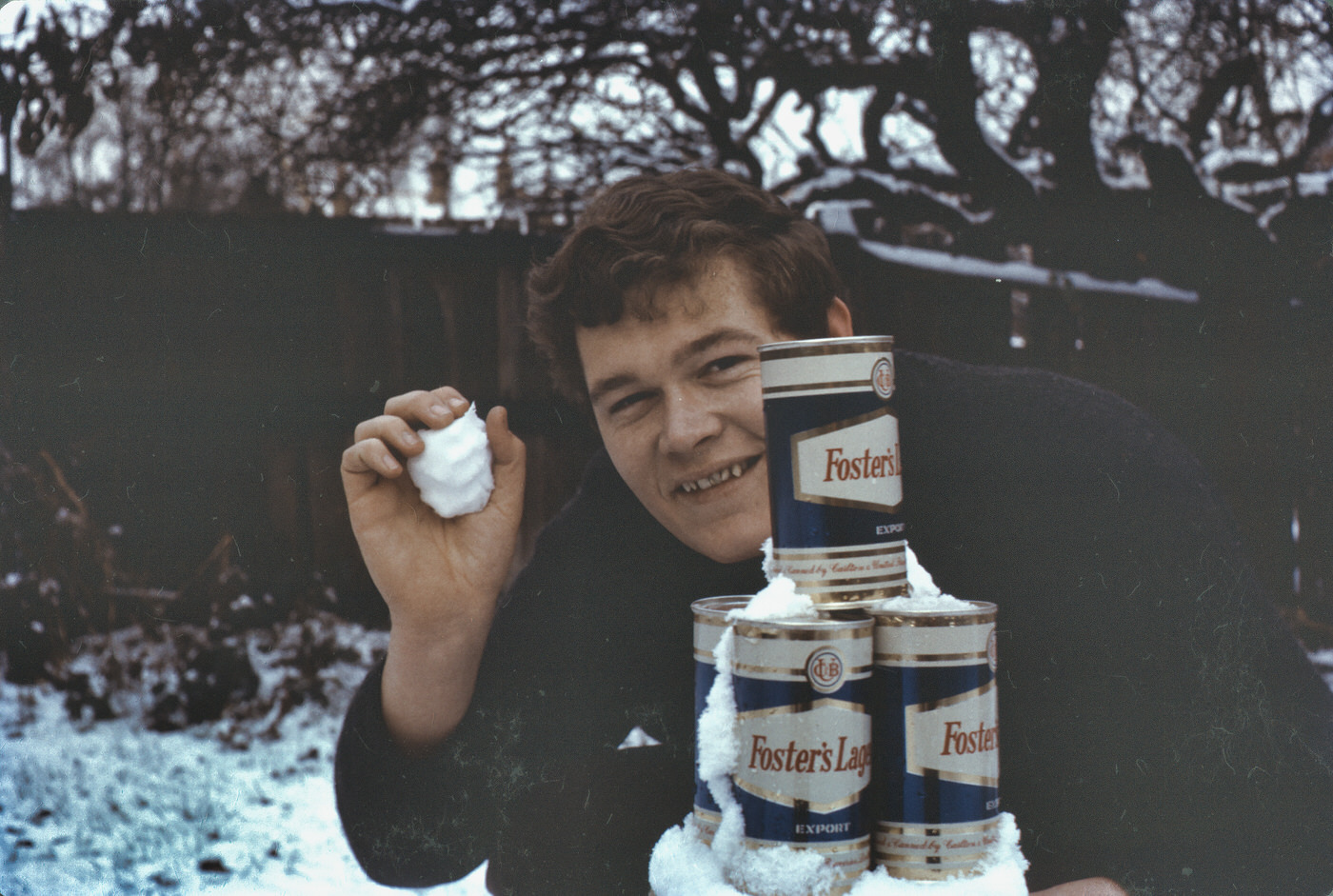
































You must be logged in to post a comment.